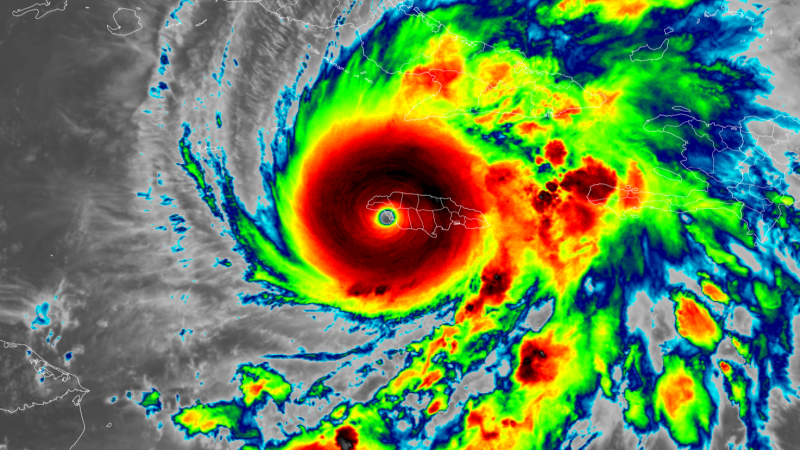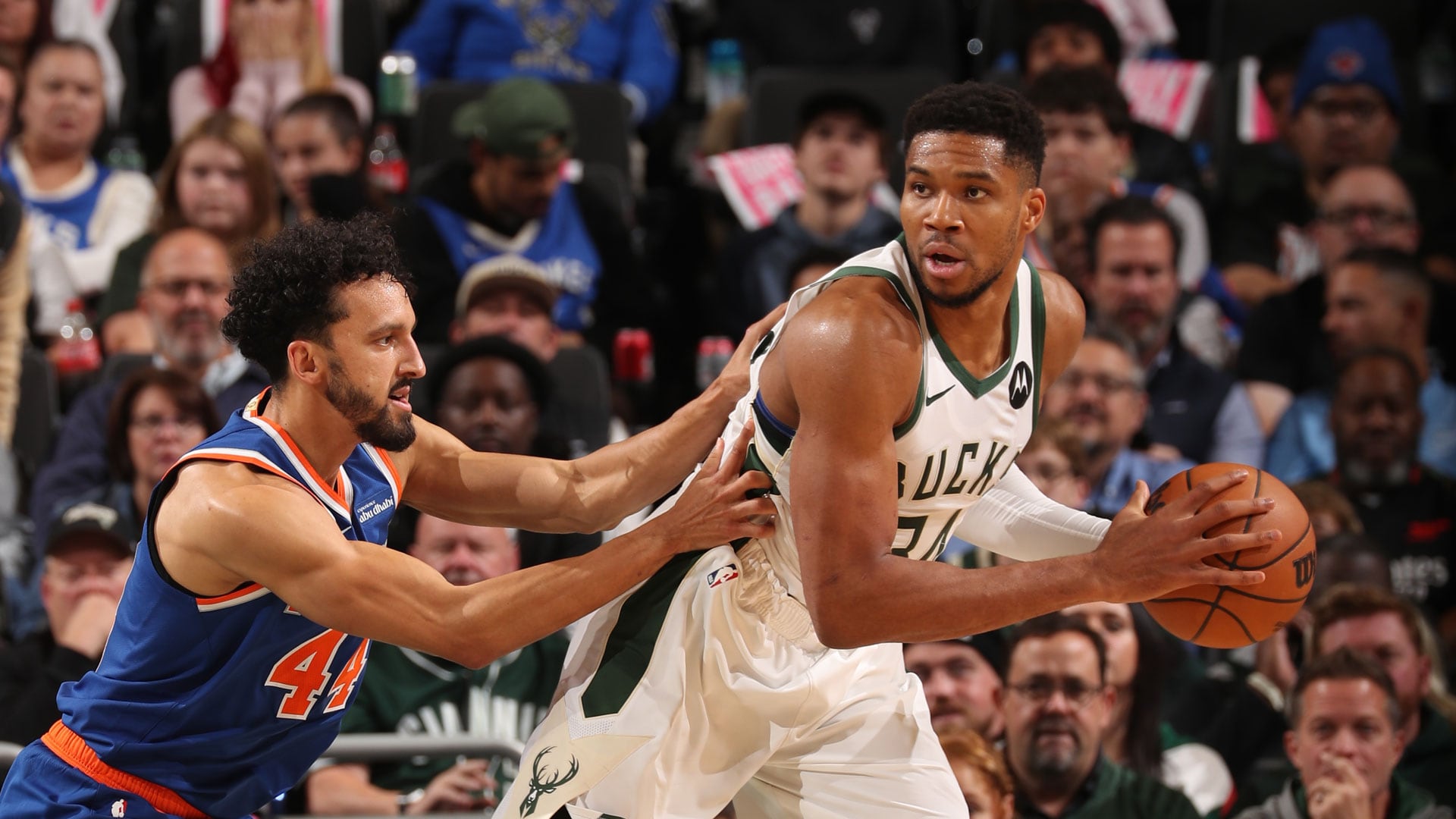Challenges of being an independent player
The challenges of going independent are well-documented. Malaysia’s Lee Zii Jia left his national team set-up in 2022 and has struggled to find consistency in his coaching team since, something which has…

The challenges of going independent are well-documented. Malaysia’s Lee Zii Jia left his national team set-up in 2022 and has struggled to find consistency in his coaching team since, something which has…

Cuban officials have staged crews in the eastern part of the country to help launch recovery efforts as soon as Hurricane Melissa moves out, President Miguel…

The story of how our solar system formed is not a simple one. For years, scientists believed that all planetesimals, the small rocky bodies that became planets, formed at roughly the same time. But new research suggests something very…

Taipei, Oct. 29 (CNA) “Comet Lemmon,” believed to be the brightest comet of the year, is expected to reach its peak brightness on Thursday, according to the Taipei Astronomical Museum.
In a Wednesday news release, the museum said the comet is…

Oppo has unveiled its Find X9 series consisting of two smartphones – Oppo Find X9 and Oppo Find X9 Pro. The new devices feature camera systems co-developed with Hasselblad, large-capacity batteries, and ColorOS 16. Both models are powered by…

Bucks star Giannis Antetokounmpo goes for 37 points, 8 rebounds and 7 assists in 121-11 win over New York.
MILWAUKEE (AP) — Giannis Antetokounmpo acknowledged the Milwaukee Bucks’ first meeting with the New York Knicks meant more to him than…

Since England last met Australia a year ago, they have played nine Tests and started five different full-backs.
The windmill of selection has turned particularly quickly in this key position for one key reason – George Furbank’s inability to…

With its dramatic, rugged mountain skyline, winding roads and ever-changing weather, the Isle of Skye has long appealed to lovers of the wild. Over the last decade, however, the largest island in the Inner Hebrides has been drawing visitors for other reasons – its dynamic food and drink scene. Leading the way are young Sgitheanach (people from Skye) with a global outlook but a commitment to local, sustainable ingredients. It’s also the result of an engaged community keen to create good, year-round jobs that keep young people on the island.
Calum Montgomery is Skye born and bred, and he’s passionate about showcasing the island’s larder on his menus at Edinbane Lodge. “If someone is coming to Skye I want them to appreciate the landscape, but also the quality of our produce,” he says. “Our mussels, lobster, scallops and crab are second to none.” Montgomery is mindful of the past: “It means everything to me to use the same produce as my ancestors. My grandpa was a lobster fisherman and we’re enjoying shellfish from the same stretch of water, with the same respect for ingredients.”
Montgomery’s A Taste of Skye menu lists the distances his produce has travelled. I eat fat scallops hand-dived in Loch Greshornish (zero miles), and creel-caught lobster from Portree (12 miles) with vegetables, foraged herbs and edible flowers from the kitchen garden and seashore (zero miles). That connection to produce and producers is key. “Last week I took a young chef out with a scallop diver so he could learn what they do. We shucked scallops straight from the water and ate them raw with a squeeze of lemon. ‘That’s the best scallop I’ve ever eaten,’ he said. That’s what we want to bring to the restaurant.”
Driving south, in the shadow of the mighty Cuillin mountains, I meet another culinary ambassador for Skye, Clare Coghill, at Café Cùil. This year Coghill represented Scotland at Tartan Week in New York, serving lobster rolls with whisky butter, and haggis quesadillas from a Manhattan food truck. She initially launched Café Cùil in Hackney, London. Returning home to Skye during the pandemic, a series of pop-ups proved there was a market here too.
Over a machair matcha (topped with dried machair flowers) and delicious blood orange-cured trout, Coghill tells me: “I’m really proud I opened in London, but I couldn’t do what I can do here. Getting fresh ingredients was a huge mission, but here the scallops come straight from the sea to my door. My creel fisherman only speaks to me in Gaelic.” Her love of Skye’s produce, people and landscape is clear across her colourful, creative dishes, all imbued with local flavours, with a twist of Gaelic. “My connection to Gaelic culture and language is so important,” she says. Visitors can use little lesson cards on the tables to learn a few words while they eat.
Skye’s more longstanding food destinations are not resting on their laurels. Kinloch Lodge, a boutique hotel run by Isabella Macdonald in her family’s ancestral home, has long been a foodie destination. Isabella’s mother, Claire, Lady Macdonald OBE, writes well-loved books on Scottish cookery.
The kitchen continues to innovate, with a dynamic young team led by head chef David Cameron. When they’re not in the kitchen the chefs grow herbs and spices in the hotel greenhouse, and forage for wild greens in the gardens and sea herbs like sea aster and scurvygrass from the shoreline of Loch na Dal. In autumn they follow deer trails to find mushrooms in the woods.
I feast on Skye scallops, pak choi and peanuts in a delicious dashi; Shetland cod with Scottish asparagus, and house-smoked lobster. Kinloch’s ghillie, Mitchell Partridge, takes guests out for activities including foraging and fishing “There’s a huge appetite for experiences from our guests,” says Macdonald. “People want to come and really get to know the island and the landscape.”
The whisky industry is also helping to keep young people on Skye, in jobs that last beyond the peak tourism months. Dougie Stewart, operations manager at Torabhaig distillery, tells me: “The fish farm was a big employer in the past, but now most of the jobs are automated. House prices have gone up so much it’s harder for young people to stay. The whisky industry has become a really important employer.”
after newsletter promotion
“Distillers wanted, no experience necessary” was the notice that a then 21-year-old Iona Fraser spotted in her local paper, landing her a job at Torabhaig. “I just took a punt,” she says, “I never thought I’d get a production job, but it was a dream of mine.” Fraser had an interest in whisky, but no relevant qualifications. “To be able to train onsite and learn online was amazing.” Today she is a senior distiller, helping to train new distillers, and has recently created her own whisky using a chocolate malt, which is maturing in barrels when I visit. In other distilleries, that’s an honour usually reserved for retiring distillers. The visitor centre and cafe employ many people from around the Sleat peninsula. “We meld into the community because we brought the community here,” says tour guide manager Anne O’lone.
To pick up supplies for my journey home I stop by Birch, a speciality coffee roaster and bakery serving gleaming pastries and colourful brunch dishes. It’s owned by Niall Munro, who also founded the hugely successful Skye Live music festival. His brother Calum Munro is chef-owner at fine-dining restaurant Scorrybreac in Portree, somewhere I’m desperate to try, but I’ve sadly run out of mealtimes. More local success stories, and incredible food.
“We’re all deeply rooted in Skye,” says Calum Montgomery. “A lot of us left and worked elsewhere. We’d be seeing the produce we knew arrive miles from where it was landed, and it’s just not as good as what we grew up eating. I’m so proud of the whole place now.”
Journeying across Skye, I’m constantly asked where I’ve been and where I’m eating next. It’s a real testament to this food community that everyone is keen to champion other island businesses. It’s collaborative, not competitive, and the quality? Skye-high.
Accommodation was provided by Perle Hotels. Luxury pods at Bracken Hide in Portree from £145 B&B, double rooms at the Marmalade Hotel from £125 B&B